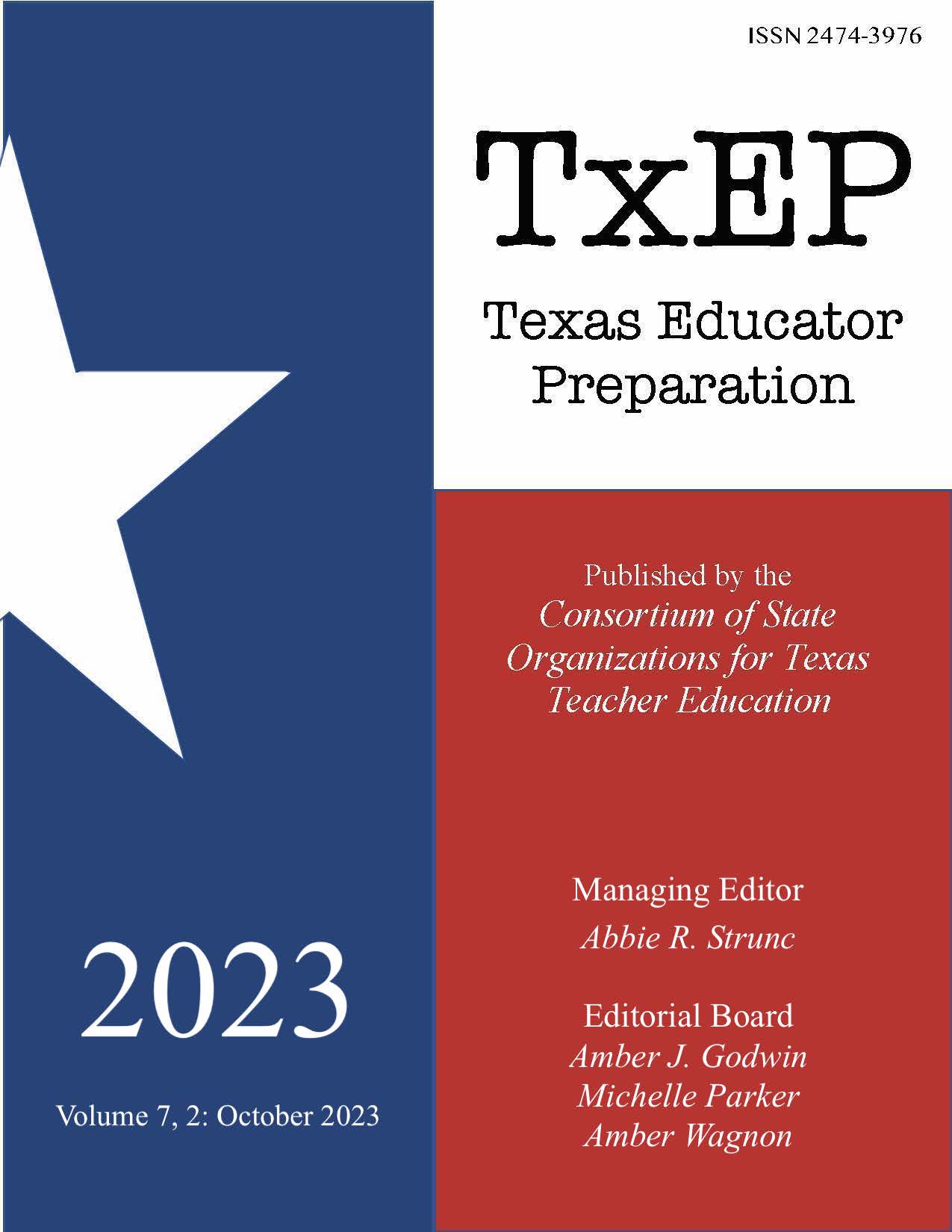Navigating Challenges in Multilingual Education: Ensuring Equitable Learning for Diverse Students
DOI:
https://doi.org/10.59719/txep.v7i2.27Keywords:
multilingual students, challenges, practical strategies, equityAbstract
Addressing critical issues in multilingual education requires tackling various challenges to ensure effective learning experiences for students who speak multiple languages. These challenges include planning for linguistic diversity, equitable access to resources, teacher training, inclusive pedagogies, family engagement, and sufficient funding. The article focuses on difficulties faced by multilingual students, providing practical strategies to support their academic growth. The study involved 55 multilingual students in Texas, predominantly refugee children speaking 38 languages on campus. The study highlights the importance of recognizing the children’s unique needs and implementing effective strategies for improved educational outcomes and successful transitions to higher grades.
Downloads
References
Association of Teacher Educators (ATE). (2023). Standards for teacher educators. Retrieved from https://ate1.org/standards-for-teacher-educators.
Au, K. (2006). Second language learners, multiliteracy, and the language of power. Multicultural Issues and Literacy Achievement, Taylor & Francis Group, ProQuest Ebook Central.
Carroll, K. (2022). Tiered Instruction Model. Retrieved from https://study.com/learn/lesson/tiered-instruction-model-examples.html.
Cenoz, J. & Gorter, D. (2011). A holistic approach to multilingual education: Introduction. The Modern Language Journal, Vol 95, No. 3: Special Issue: Toward a multilingual approach in the study of multilingualism in school contexts (Fall 2011), pp. 3339-343. Retrieved from https://www.jstor.org/stable/41262370.
Continental Press. (2023). How to Use Technology to Help ELLs Achieve Language Mastery. Retrieved from https://www.continentalpress.com/blog/how-to-use-technology-to-help-ells/.
Drew, C. (2023). 15 Equity vs. equality examples. Retrieved from https://helpfulprofessor.com/equity-vs-equality-examples/.
García, O. (2010). Bilingualism in Education in the Multilingual Apple: The Future of the Past. Journal of Multilingual Education, 1(1), 13-34.
Levine, E. (1999). If you lived with the Iroquois. Illustrated by Shelly Hehenberger. Scholastic, Inc.
National Center for Education Statistics. (2023). English language learners Statistics. https://nces.ed.gov/.
Roop, P. & Roop, C. (1998). If you lived with the Cherokee. Illustrated by Kevin Smith. Scholastic, Inc.
Seidlitz, J. (2008). ELPS Proficiency Level Descriptors. Canter Press. Retrieved from https://coe.unt.edu/educator-preparation-office/texes/proficiency-level-descriptors-for-instructional-planning.
Sousa, D. (2011). Putting it all together. How the ELL brain learns. Corwin Press. ProQuest Ebook Central.
Texas Education Agency. (2022). Grades 3–5 Reading Language Arts Informational Writing Rubric. https://tea.texas.gov/student-assessment/tx-staar-informational-rubric-g3-5.pdf.
UNESCO. (2023). Challenges and opportunities to advance multilingual education through literacy. https://www.unesco.org/en/articles/challenges-and-opportunities-advance-multilingual-education-through-literacy.





